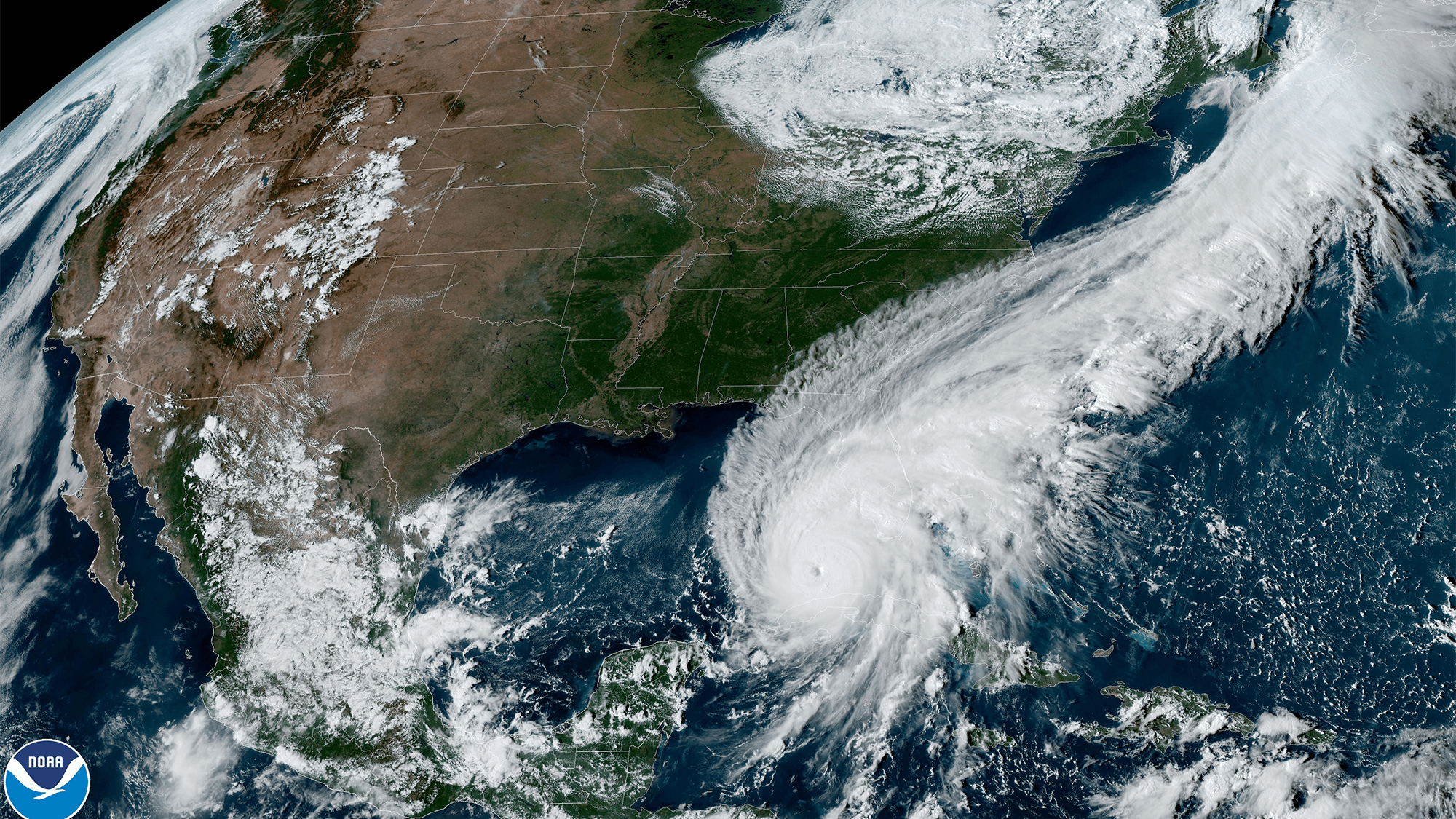

The 2022 Atlantic hurricane season officially came to an end on November 30, but that didn’t stop December from being a little more interesting than usual.
On December 8, days of speculation over whether or not the Atlantic would see Tropical Storm Owen ended when the storm system moved towards colder waters that would keep it from strengthening. It previously had a 40 percent chance of developing into a tropical storm and would have been the first December tropical system in nine years.
While the tropics have calmed down, the impacts from the 2022 season will be felt long after the new year begins.
[Related: Forecasters predict an abnormally high number of storms for this hurricane season—again.]
The 2022 Atlantic hurricane season produced 14 named storms, or those containing winds of 39 mph or greater. Out of those 14 named storms, eight eight became hurricanes, or storms with winds of 74 mph or more. Two–Fiona and Ian–intensified to major hurricanes that had winds reaching 111 mph or greater.
According to NOAA, the average hurricane season has 14 named storms, seven hurricanes and three major hurricanes.
“The 2022 seasonal activity fell within NOAA’s predicted ranges for named storms and hurricanes in both our pre-season outlook and updated outlook,” said Matthew Rosencrans, lead hurricane forecaster at NOAA’s Climate Prediction Center, in a statement. “La Niña conditions remained robust throughout the season while the West African Monsoon was only slightly above normal, which both largely aligned with conditions anticipated by the team at NOAA.”
The 2022 season saw a rare mid-season pause in storms that scientists theorize was caused by increased wind shear and suppressed atmospheric moisture high over the Atlantic Ocean.
[Related: What hurricane categories mean, and why we use them.]
After August’s quiet period, activity dramatically ramped up in September with seven named storms, including this season’s two major hurricanes.
On September 21, Hurricane Fiona wreaked havoc on Puerto Rico, leaving most of the island without power and dumping as much as 12 to 18 inches of rain. Days later, Fiona swung north and made a historic landfall in Canada. It was the first storm with this much intensity to hit the region in about 50 years, according to Chris Fogarty, manager for Canadian Hurricane Centre.
Category 4 Hurricane Ian roared ashore on September 29 in Cayo Costa, Florida with maximum sustained winds of 150 mph, causing roughly $50 to 65 billion in damage and at least 148 deaths. It made a second landfall as a Category 1 storm in Georgetown, South Carolina on September 30. Hurricane Ian is tied for the fifth-strongest hurricane ever to make landfall in the US.
The 2022 season also included a rare late-season storm, when Hurricane Nicole made landfall on November 10 along the eastern coast of Florida as a Category 1 storm. The storm unearthed a likely 200-year-old ship on a beach in eastern Florida.
The 2023 Atlantic Hurricane season will begin on June 1 and the names include Arlene, Harold, Katia, and Ophelia.
